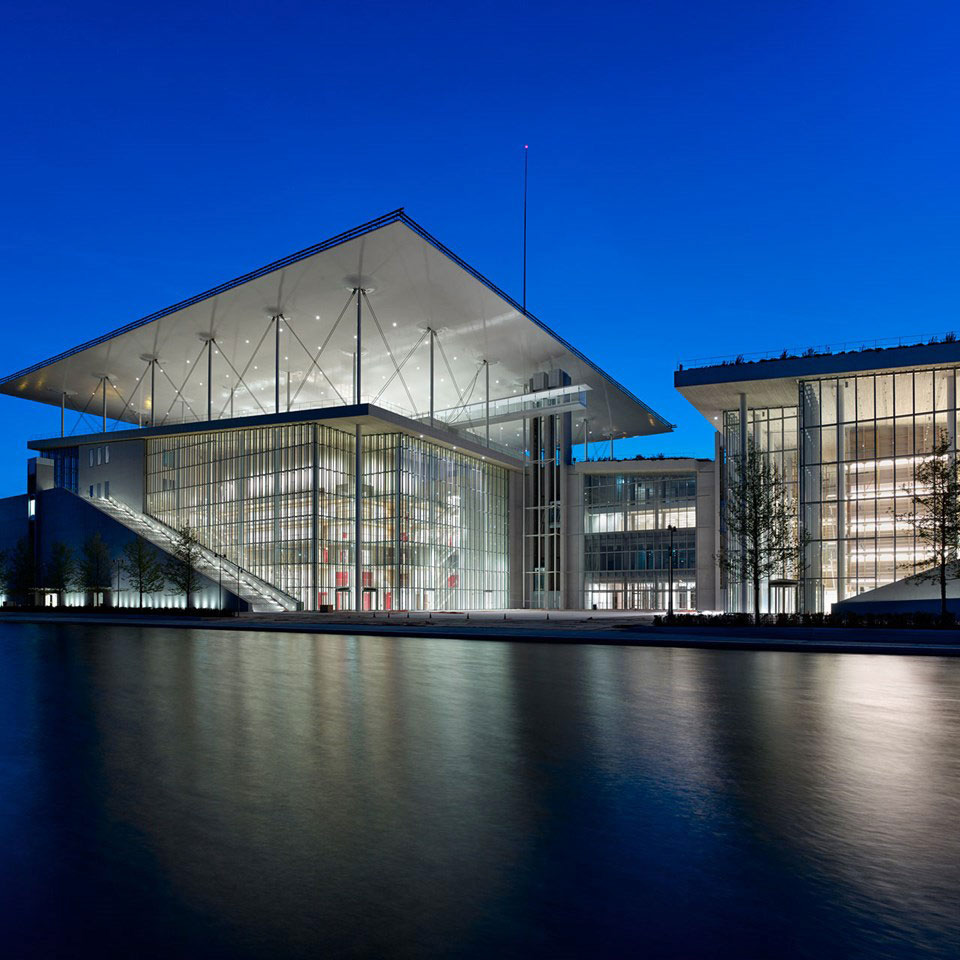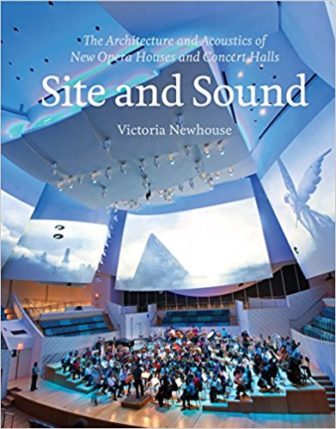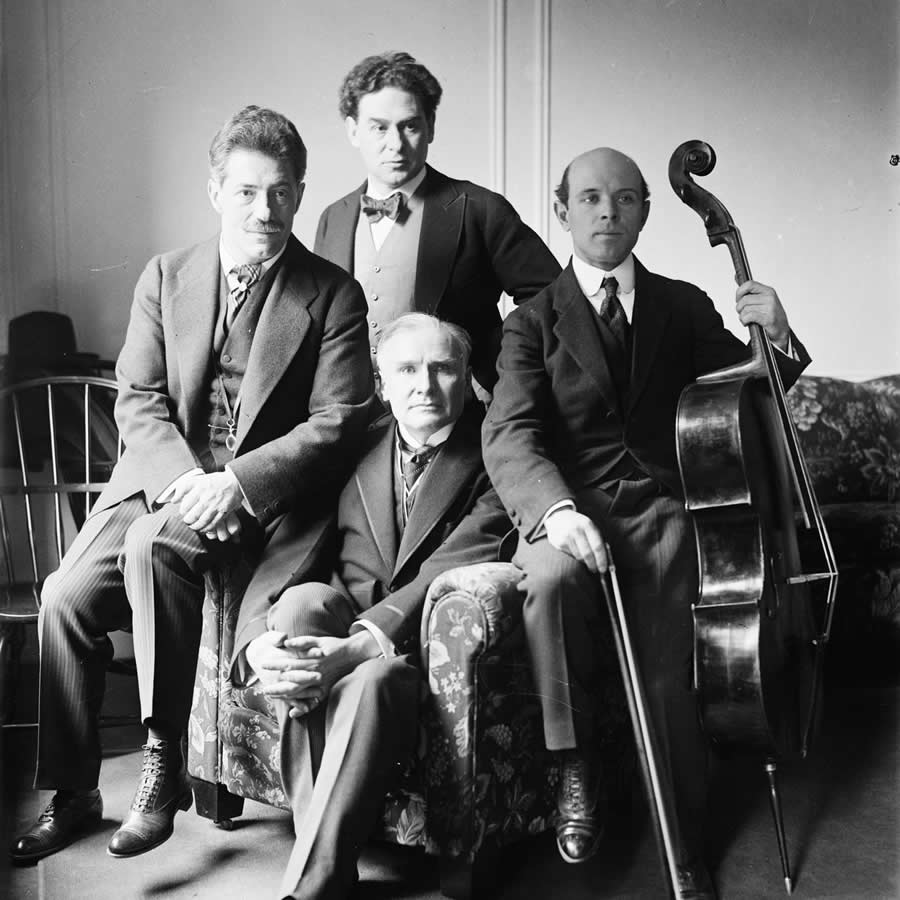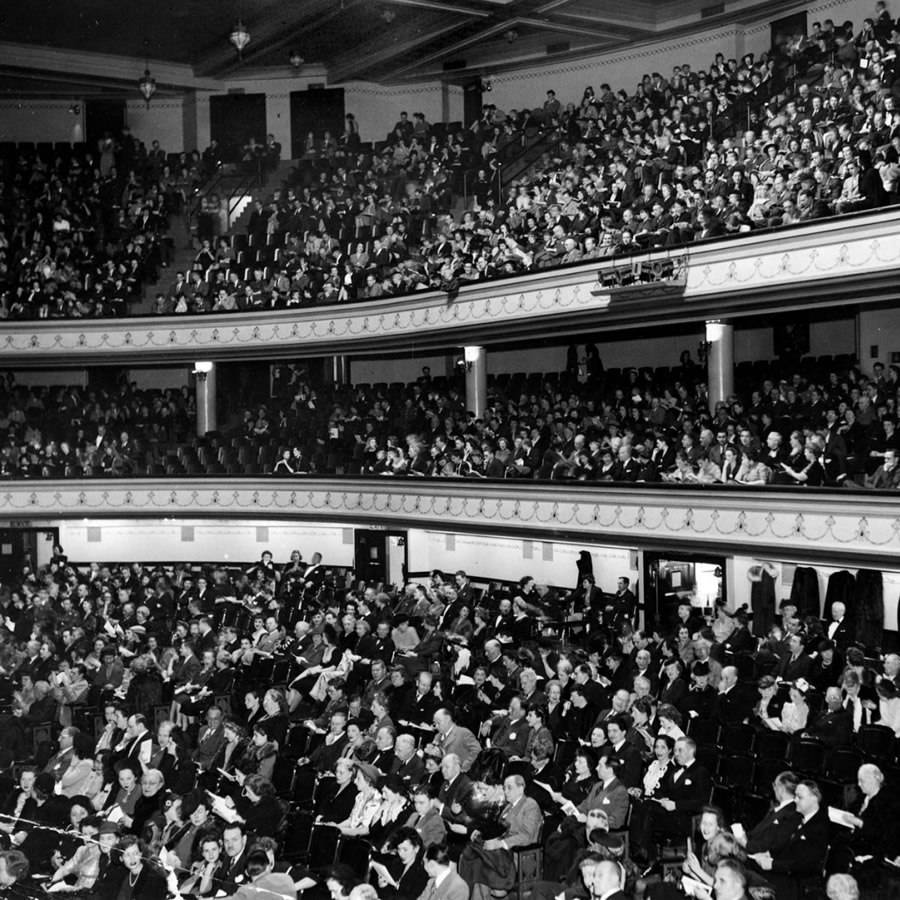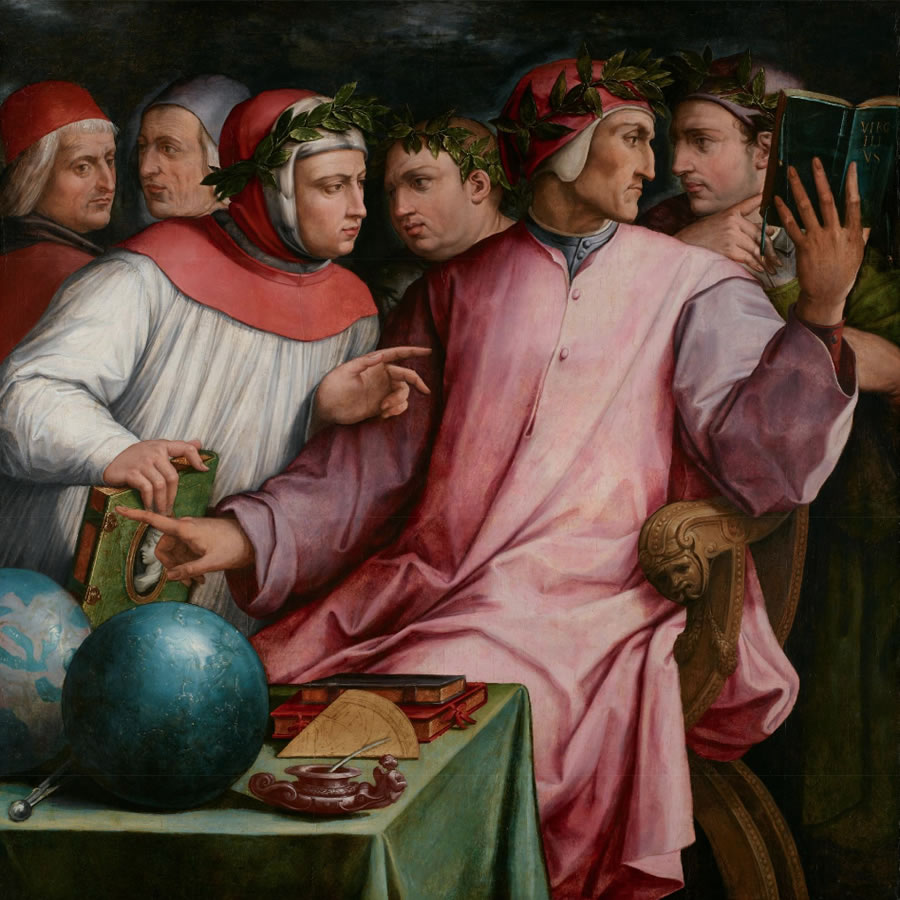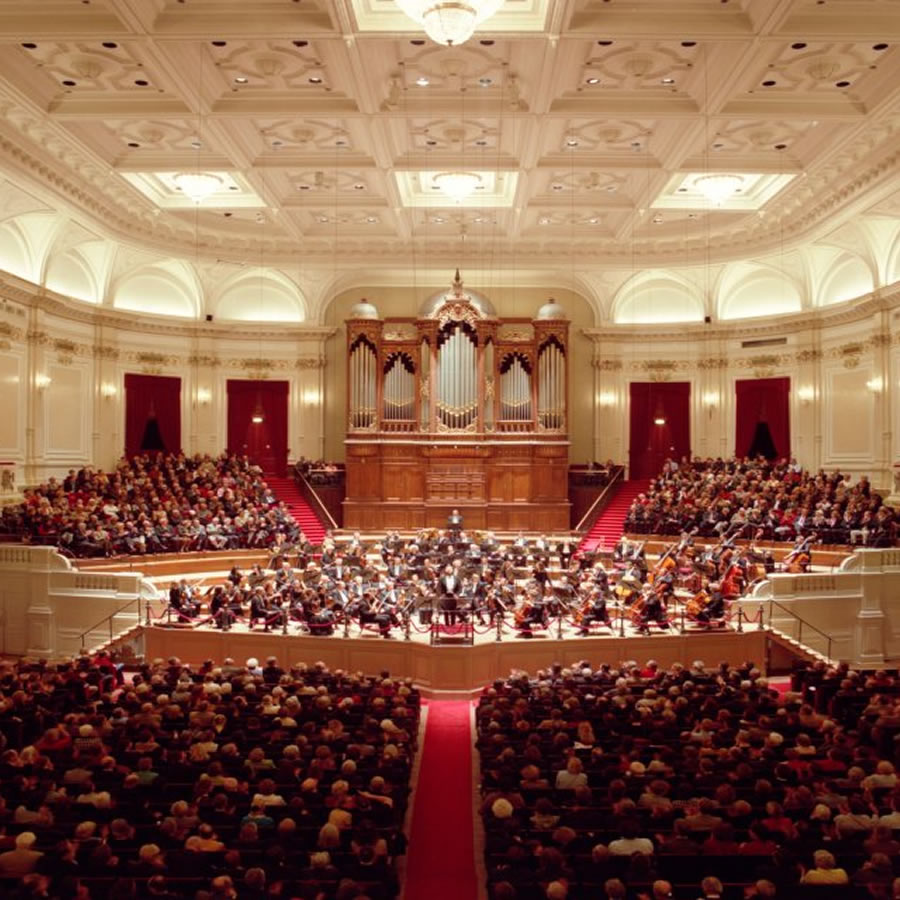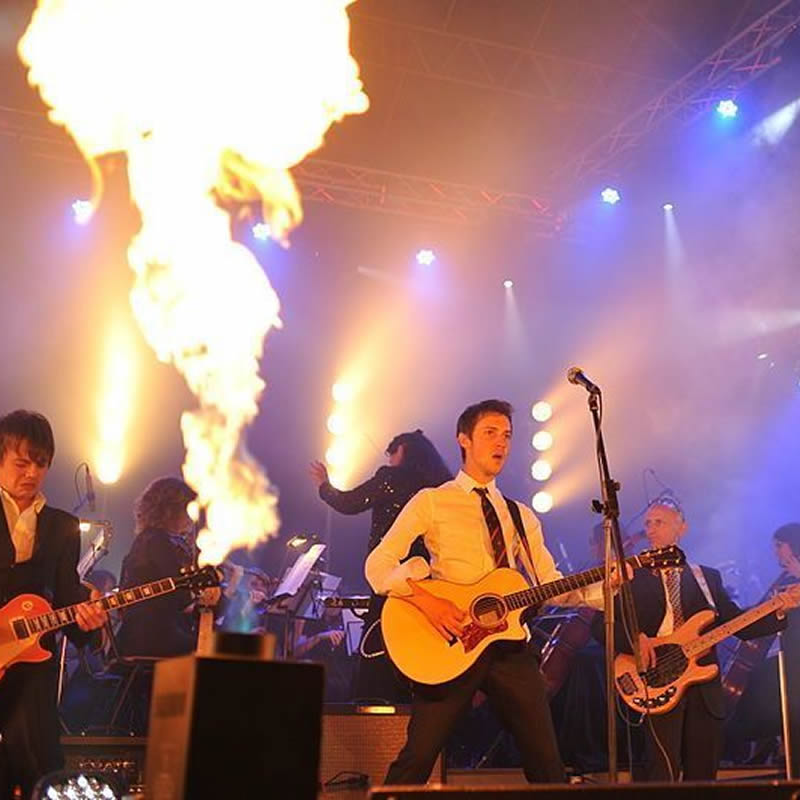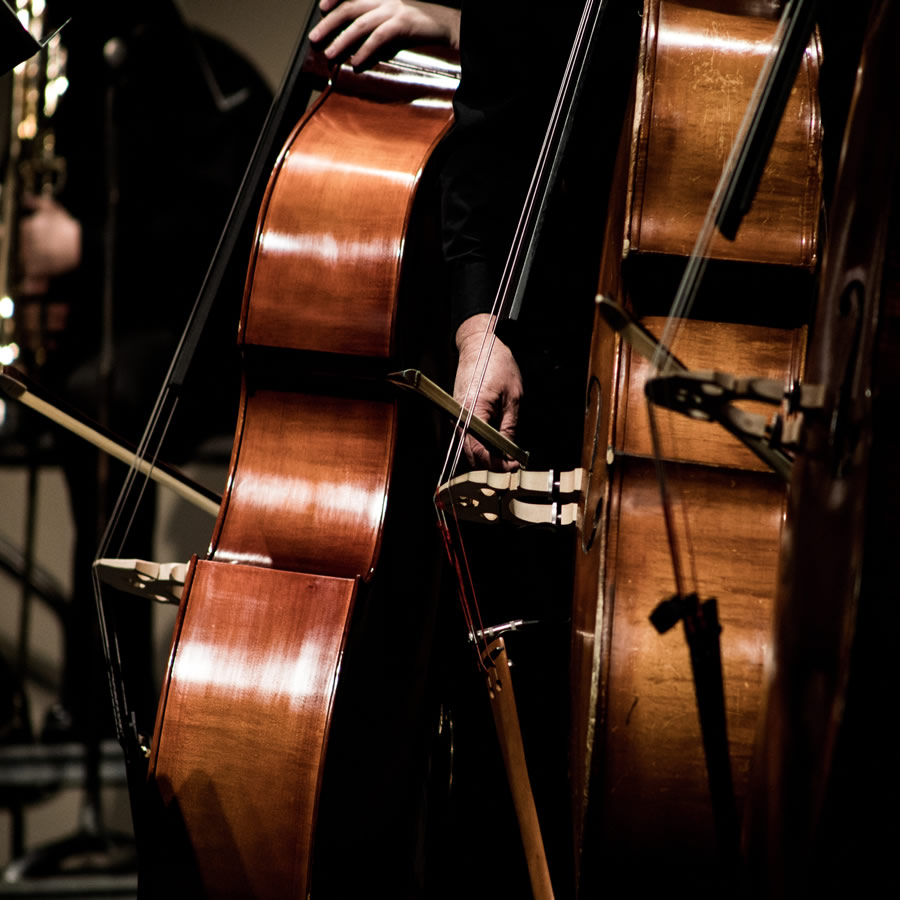As a wine professional and classically trained musician, I’ve always wanted to know if wine was important in the lives of the great composers. Did Bach, Mozart, or Beethoven enjoy wine daily? Did they keep a cellar? Did they write about the wines they drank? I’ve never been able to find much about the subject of wine and composers – until now.
Enter friend and colleague Ron Merlino. Ron is owner and manager of MusicVine Performing Arts and Wine Consulting. Since 2009, he’s managed a roster of internationally renowned orchestral conductors including Sir Andre Previn, Gerard Schwarz, Andrew Litton, and Keith Lockhart. He also consults on a diverse range of projects for artisanal wineries and arts institutions worldwide. Prior to starting MusicVine, Ron was Vice President at Columbia Artists Management Inc. for more than ten years where he established a reputation as one of the most sought after managers of conductors in the world.
Ron is also a wine professional, having worked as apprentice with the late Patrick Bize at Domaine Simon Bize in Burgundy, as well as collaborating with winemakers from California, Washington State, Oregon, New York State, Michigan, and Niagara, Canada on music and wine projects. Merlino passed the M.S. Introductory Course and Certified Sommelier Exam, and is currently a WSET Diploma Candidate at the International Wine Center in New York. In the past few years, Ron has undertaken an academic study of the role wine played in the lives of the great composers. His project has led him to libraries and institutes throughout Europe. Not long ago, I spoke with him about the project. Here is our conversation.

Tim Gaiser (TG): How did your project of researching wine and the role it played in the lives of great composers come about? What was the genesis?
Ron Merlino (RM): The catalyst for the project was my good friend Matthew VanBiesen, who in 2015 was the CEO of the New York Philharmonic. He came to me and said, “Let’s start a series of pre-concert events for donors and board members where we pour wine in my office. You can talk about the intersections between what they’re going to hear on the concert and the wines you’re going to pour.” I ended up doing that for two years.
Over time I realized that there was lot more information to be collected, organized, and written about just how important wine was in the history of so many of the famous composers. That was the launching pad. From there I began to take the work deeper from a more academic point. I met with people like the director of the Beethoven House in Bonn in Germany, the director of the Handel House in Halle also in Germany, and other such institutions. I was convinced that there was something that might illuminate not only the music, but also the lives of these composers and allow us to build some bridges between the two worlds.
Vivaldi
TG: What are the kinds of things you learned in researching wine and composers that surprised you?
RM: There’s a lot. Going back to when I was doing the events with the New York Philharmonic, I was a bit of at the mercy of the orchestra’s development department as far as being handed a program for a performance and having to build something around it. For example, purely by chance I ended up having to do something on Vivaldi’s Four Seasons.
TG: What did you learn about wine, Vivaldi, and his Four Seasons?
RM: Initially I wasn’t interested in doing anything on Vivaldi. The Four Seasons has been played a million times. But I was obligated to try and ended up stumbling upon how important the history of music and wine was during Vivaldi’s lifetime. Moreover, how the two intersected in ways I hadn’t anticipated.
Vivaldi was living in Venice at the end of the 17th and beginning of the 18th centuries. The ruling Rialto families, who had been in control of the Republic of Venice for hundreds of years, found themselves in a quandary. The viability of their business model of being able to trade wine and other commodities to other parts of Europe was beginning to wane. They were at the mercy of growing success on the part of Bordeaux and other places, and had to find another line of business besides trade. These families settled on the idea of making the city of Venice itself a high-end luxury destination for the elite of Europe. They built hotels, restaurants, and other entertainment venues trying to attract the wealthy elite. It’s much like the Las Vegas of modern times.
As part of that initiative, some 17 new opera houses were built in the city during the last decade of the 17th century. This created a huge demand for commissions for composers to write music for all these new opera houses. In essence, if you were a successful composer in Venice at the time, you made your bread and butter living by churning out operas week after week.
Inadvertently, the ruling class of wine merchant families suddenly became one of the most important historical groups in the history of Italian Baroque opera. They commissioned tons and tons of music. Today, Vivaldi is known as a composer of instrumental music. In fact, a majority of his output was opera, much of which has unfortunately not survived. So there’s a very direct link between the commerce of wine and the history of Baroque Italian opera, not necessarily something people talk about.

Bach
TG: What about J.S. Bach? Was wine important to him and his career?
RM: Yes, there’s a lot to talk about with regards to Bach; not necessarily the wines he drank but even more how important wine (and beer and coffee) were to his life, particularly during the later years when he lived in Leipzig.
A focus on Bach and wine could take up an entire lifetime of study by itself. He was incredibly aware, informed, and connected to all the political, commercial, and artistic trends around him, especially in Leipzig. He may not have been a composer that traveled very much, but he was keenly aware of a sense of nationalism like few other composers. Think about the fact that Bach spent the first half of his life in what was the boondocks. Then he got the position at the Collegium Musicum and the St. Thomas church in Leipzig. At that time, Leipzig was an epicenter for international trade. It was a place where merchants were bringing in goods from the Far East, the Middle East, and Southern and Eastern Europe. In this milieu, Bach was around a highly sophisticated culture including wine.
We know more about Bach’s political and public interest in coffee than wine. There was a raging debate about the merits of coffee throughout Europe at that time. It’s not dissimilar to the marijuana debate today, in terms of whether it’s good for you, bad for you, or a morally terrible thing to be associated with. At various points during Bach’s time in Leipzig, coffee was banned, legalized, and then banned again. But Bach was a constant advocate for coffee. We know that he was a real connoisseur and collected lots of coffee equipment and paraphernalia. He also used it as a platform to promote his own musical activities. Instead of holding concerts in churches and other places, he would famously hold his concerts in one of the coffee houses in Leipzig. It was a daring thing for him to do because coffee houses were often equated to red light districts. He would convene all his students at Zimmerman’s, a well-known coffee house, and present his concerts just as a way to be sensational. So Bach was someone who wasn’t afraid to ruffle the feathers of those around him and shake things up a bit.
We don’t know a lot about the specific wines Bach drank, but we do have record of him asking for contracts to be paid not in currency but in coveted commodities like barrels of wines from the Rhein land in Germany. These wines were hard to come by in Leipzig and expensive. Bach also had a large apartment at the end of his life that was given to him by the Collegium Musicum. It apparently had some 15 rooms. We know from the ledger in 1750 that when he died two of the rooms were dedicated to the storage of beer, wine, and spirits. That’s not inconsiderable!
Mozart
TG: What about Mozart?
RM: With Mozart, we know a little bit more – but we still don’t know as much as I’d hoped we would. I think that’s partly a function of the fact that Mozart falls in the period of time where composers almost always lived under the employ of a court or royalty or the church. Only late in his life did Mozart become what we think of as a freelance artist. Most of the information that we know about his daily life only comes from that late period when he had to write letters about more practical business matters.
Mozart was a person who was very interested in trends. He was a man of the moment, so to speak. Today we would call him something of a dandy. I don’t necessarily think Mozart was a connoisseur of fine wine and food, but he was always interested in being of the fashion of the time. It’s probably not entirely by chance that the few references we get as far as the wine he was drinking was Champagne, which shows him to be a man who was able to access something more rare and prestigious within the wine culture of the time.
We know from his father Leopold that Mozart was fond of drinking Champagne in the daytime – not at night! I don’t if that’s a show or a display or status or if it gives us an insight into how people actually were using Champagne at that point in time. Leopold tells us specifically that the Champagne would come – and there were many bottles of it – at the end of a lunch and not at the beginning. It was served with shellfish and sweets.
(Since our conversation, Ron wrote, “The Champagne and oyster lunch apparently became fashionable in France during the reign of Louis XV, at the time when Champagne was being actively promoted by the King as a line of commerce. The wealthy elite would usually hunt in the mornings and convene for a shellfish and oyster afternoon lunch – so this may have some relation to the time of day and service of the champagne at Mozart’s home – an emulation of the French ‘style.'”)
We also know that Mozart often kept bottles of wine on the keyboard at night when he was composing. There are also some reminiscences from a neighbor that lived in the apartment across from him in Vienna. Apparently, in the middle of the night when Mozart was composing and needed more bottles of wine he would simply knock on the wall between the apartments and his neighbor would bring him more bottles so he could continue writing.

Beethoven
TG: What about Beethoven?
RM: Beethoven is amazing. In regards to this research journey, he continues to inspire and amaze me every day. Every time I look, I discover more. Beethoven was the first composer in history who literally lived as a freelancer, from day one through the end of his life. He never had a job where he was employed under the patronage of someone full time. Every single piece of music he wrote, he wrote on commission. This is significant because it meant that from very early on, at least in his professional life in Vienna, he had to be capable of functioning well in high society, with the political, social, and noble elite. He had to be able to find connections and friendships with the patrons who would basically keep his career alive. This required him to be informed, conversant, adept, and able to slip in and out many different contexts, which meant that he had to be incredibly knowledgeable about things that would appeal to these people.
Beethoven was therefore very connected to the world of culture and wine. The patrons who stuck with him throughout his lifetime had their own specific lines of business. What almost all of them had in some way, shape, or form, was some aspect that had to do with the business of wine. Through interactions with these patrons, Beethoven became very knowledgeable about a wide array of wines. We know through his letters and the conversation books he used to communicate with people because he was deaf in his later years, just how diverse the array of wine he was drinking but also what specifically he was drinking, from Bordeaux to Champagne to a wide variety of wines he enjoyed in local heurigen and taverns. He tells us what he would drink and what he would eat. He writes about being frustrated with certain kinds of wine. It’s very interesting and quite fascinating how much information is there and how important wine was in his life.
Something also worth noting about Beethoven is that while he sometimes lived in the center of Vienna, he would also take apartments outside the city walls. Frequently, the apartments were in what are now major wine regions. So Beethoven was literally living in and among the vineyards. He was taking walks through the vineyards, up and down the steep hills, and strolling next to the Danube. He was constantly composing while living in the vineyards. There’s a link between his compositional spirit and the actual land, vines, and wine.
In a bigger picture, wine for Beethoven was symbolic. It was a representation of something he wanted to aspire to in his own music. He felt that wine was something artistically more pure and incorruptible that inspired people to communicate in a more immediate way with each other. It was something that would strip away all the barriers and layers of status, and bring everyone around the table to eat and drink and be equals. I think this for Beethoven was so important. It has a lot to do with why wine played such an important role in his daily life and his professional life.
TG: I remember you mentioning a quote in a previous conversation; something Beethoven supposedly said on his deathbed that has been long misinterpreted. What is that quote?
RM: A British biographer in 1827 wrote that Beethoven’s final words before passing were, “Pity, pity, it’s too late.” The biographer and Schindler – Beethoven’s handler at the time – wanted the world to believe that the composer’s last words meant that he was raging at the heavens because of all the amazing music he had in his head that he wouldn’t be able to write. The reality is that in the very last months of his life, Beethoven’s doctors had advised him to stop drinking the kinds of wines he had grown accustomed to. He had terrible digestive issues and was going through a series of medical treatments to alleviate almost constant pain.
At that point in his life, Beethoven was drinking almost exclusively sweet wines like Tokaji, Rust, and Ausbruch. His doctors recommended that he stop drinking entirely – and if not, drink lighter wines like German Riesling from the Mosel. Beethoven then asked his publisher Schott in Mainz to send him a shipment of Rieslings from the Rheingau. But the wines didn’t come for months and months. Beethoven sent Schott several letters asking about the wines and when they would arrive. Finally, the shipment arrived the day before he died. When his butler told him, he famously sat up in bed and said, “Pity, pity, it’s too late.” The wines he wouldn’t be able to drink.

Brahms
TG: What about Brahms?
RM: Like Beethoven, Brahms was very connected to the world of the Rheingau. When Brahms was younger and visited Schumann, he literally hiked on foot from Mainz through the Rheingau to Düsseldorf. He kept a small travel book so we know literally every vineyard that he walked through on this long two-month trek. It made such an indelible impact on him that later in life he befriended Rudi and Laura von Beckerath, who were not only musical devotees but also wine merchants and negociants who lived in Rudesheim in the Rheingau. Brahms started to visit them every summer and spent time in the vineyards of the Rheingau. He spent a lot of time composing in there during the summers. The third symphony was written during a time when he was in Rudesheim and Wiesbaden.
Brahms drank many different kinds of wines. He was an avid traveler, visiting Italy nine different times throughout his life – no small accomplishment in those days. He was very fond of sweet wines and drank a lot of Sicilian wine, especially Marsala. We know that at the Red Hedgehog, his favorite tavern in Vienna, he had a standing barrel of Tokaji always at his disposal. And like Beethoven, Brahms’ final words are about wine, in this case also Rudesheim Riesling. On his deathbed, he was given a spoon of Riesling and said something to the effect of, “Ah, this always tastes good.”
Coda
TG: Any closing thoughts about your project?
RM: I look at Beethoven and how he able to communicate directly to the core of humanity with his music. Wine as an art form was something that he could use in his daily life as inspiration to keep going. I think it’s very profound and also important. We may be fascinated in the minutiae of wine, but to me it’s very uplifting to see wine as an art form that meant so much in a very spiritual, moral, and social way to someone as important as Beethoven. I take some comfort and solace in that. For all that we do in our professional tastings and comparisons, there is humanity, personal energy, and creativity imbued in a bottle of wine that can also inspire us to do better.



